Sparkling wine: Uncorking popular varieties and surprising facts
Our latest factbox in our partnership with Perfect Cellar is looking at the full variety of sparkling wines, tips on how to get the most out of them and some facts that might surprise you
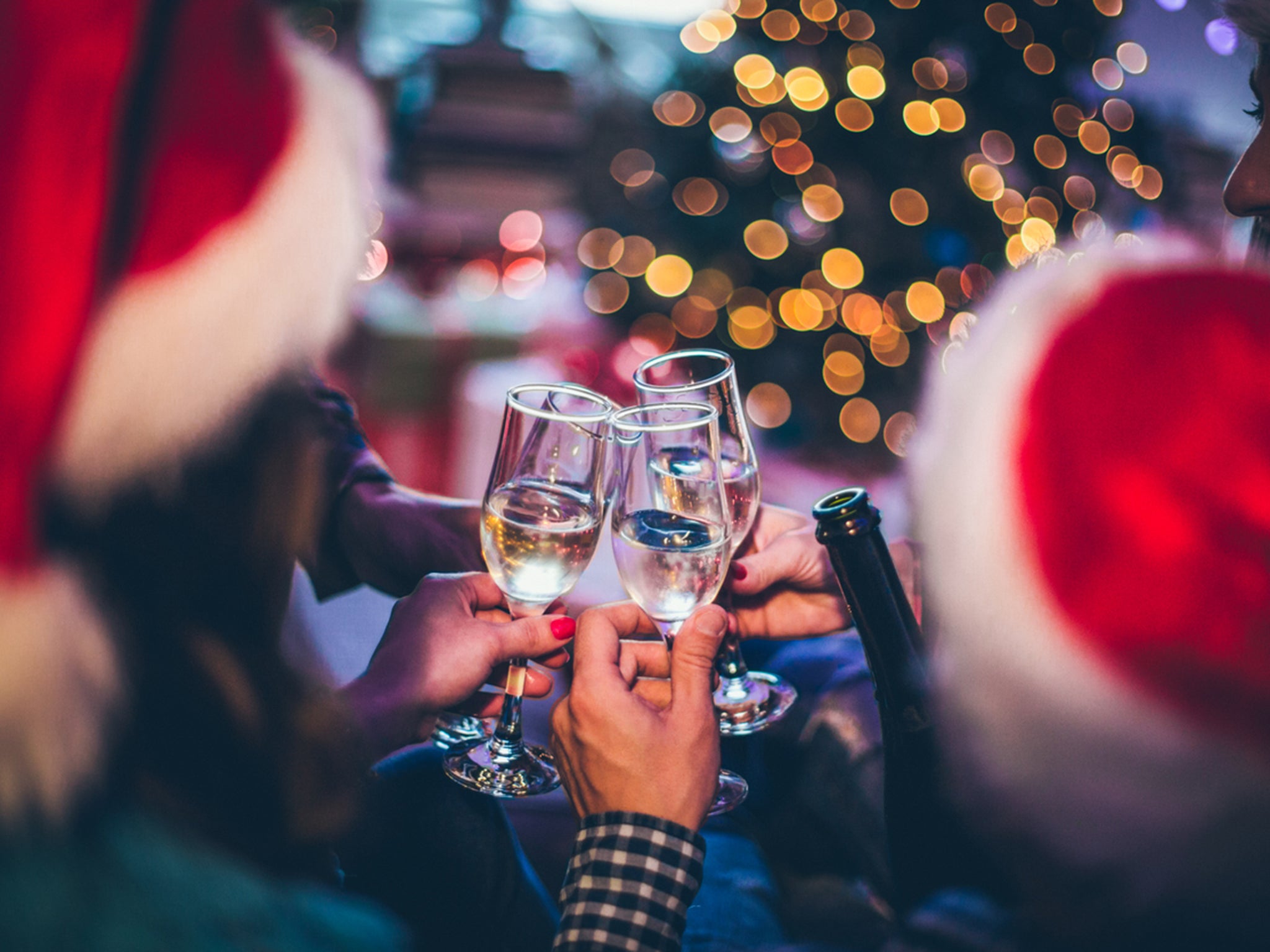
It’s produced in nearly all wine regions in the world. It has a “je ne sais quoi” that keeps us wanting more with every sip. It can be dry, sweet, very sweet, gentle, or persistent. It is often white but can also be rosé or red.
There is not just one sparkling wine. There are many styles out there.
With the code INDYSPARKLING25, Independent readers can get 25 per cent off all sparkling wines on the Perfect Cellar website, just in time to stock up for the festive period. Use the code when clicking through to buy any of the bottles listed below.
In the next instalment of our Fact Box series, where we have partnered with online luxury wine retailer Perfect Cellar to uncover, demystify and enjoy the world of fine wine, we’re going to uncork some of the most popular varities of sparkling wine.
6 different types of sparkling wines
Champagne
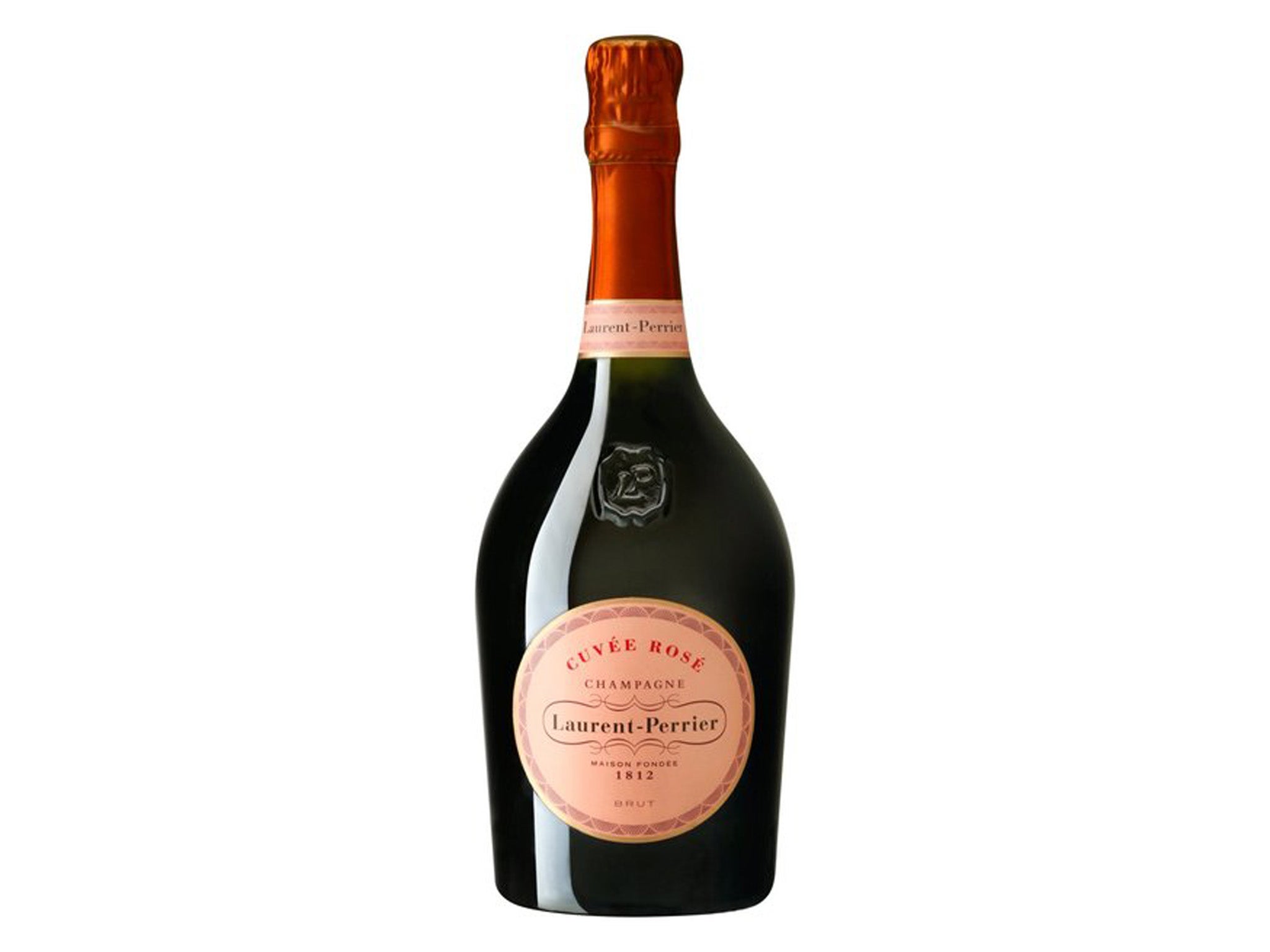
A charming eponymous region surrounded by hills covered with vineyards, Champagne experiences very cold winters and typically exceeds 30 degrees in summer. Autumns are also marked by high levels of wetness and dampness.
These conditions, along with restrictive rules imposed by its government body, pose challenges for winemaking. Due to temperature variations, berries are often high in acidity – a key component in producing quality sparkling wine.
The distinct flavours of vanilla, biscuits and brioche come from a unique method known as “La méthode Champenoise”. This technique involves a second fermentation, this time in bottles rather than vats and for a long time (for a legal minimum of 15 months, but often 24 to 36 months), allowing the yeast to remain in contact with the wine – giving rise to these particular flavours as well as creating the bubbles.
Champagne can be white or rosé, and it can range from very sweet (“Doux”) to very dry (“Extra Brut”), although it is often found somewhere in the middle (“Brut”). NV means non-vintage, so it’s a blend of past vintages and the most recent one. Opposite is Vintage, which requires using only grapes grown in the year of harvest to make the Champagne. Needless to say, vintages are only produced in exceptional years where climate conditions produce the best fruits.
With a history dating back to the 17th century and strong advocacy by Champagne houses over the years to protect the name and promote the drink, Champagne stands out as the most iconic among sparkling wines.
English Sparkling
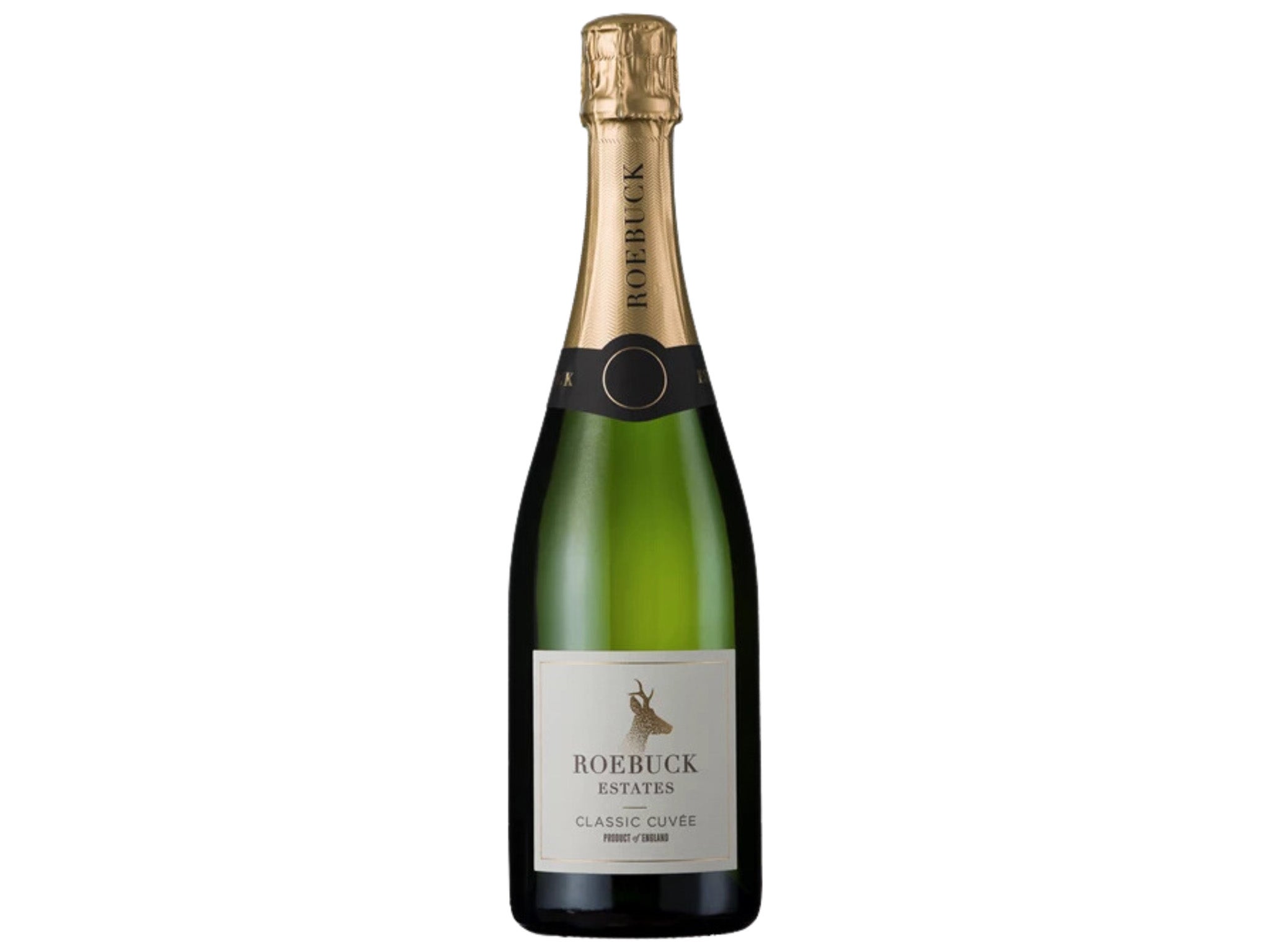
Could this be the nemesis of Champagne? I don’t think so. With a similar landscape, soil structure and climate conditions as Champagne, plus the use of the exact same production method, one might expect the resulting sparkling wine to be similar. It’s not, and that’s a great thing.
For starters, there is a rising differentiation in the choice of grape varieties from the traditional Chardonnay, Pinot Noir and Meunier of Champagne. Indeed, we increasingly see Bacchus, Pinot Gris and Pinot Blanc for the whites and Rondo as well as Regent for the reds used in the blends.
As a result, English sparkling wines tend to be sharper, drier and have a cleaner flavour profile dominated by green apple and lemon, with a hint of toast from the second fermentation.
It is today one of the fastest-growing wine categories, already thriving in the Nordic countries, the US and Japan markets. As a former sommelier, it’s for me a compliment to a well-balanced wine list, where it sits beside Champagne and not against it.
Prosecco
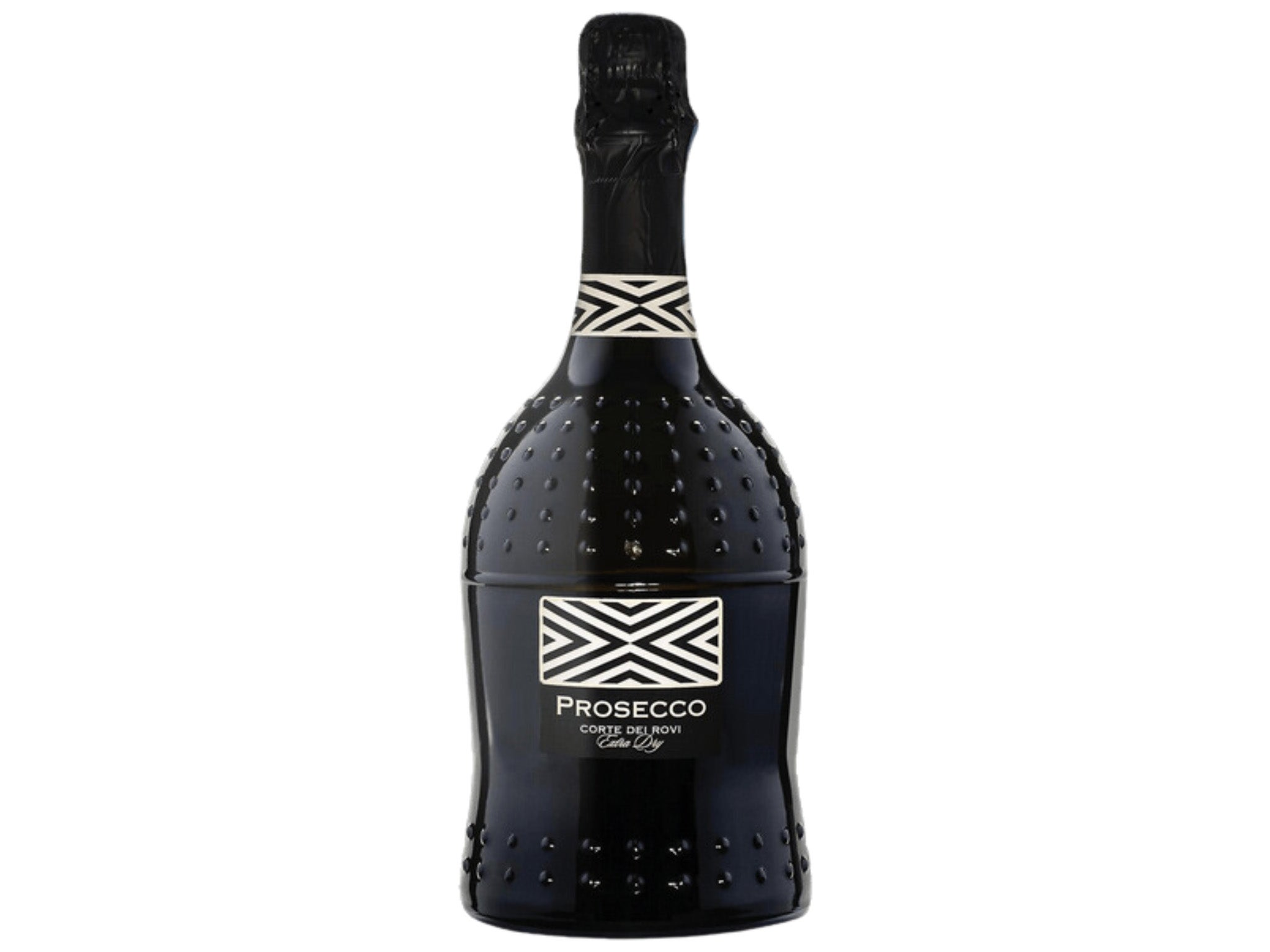
In 2020, 420 million bottles of Prosecco were sold, making it the world’s best-selling sparkling wine. There’s a good reason for this: taste and price.
In quality sparkling wine production, Prosecco stands out as it must be made exclusively from the Glera grape. Another distinctive feature is the production method, known as the Charmat method. It involves a second fermentation in a vat (as opposed to bottles for Champagne method), creating both alcohol and bubbles in the process. The typical flavours are pear drop, stone fruits, and sometimes bonbon.
Prosecco, often thriving in the mass market, tends to feature sweeter styles like “Extra-Dry” dominating shelf positions. However, it can be drier, and there’s also a rosé version. Quality levels vary based on location, akin to “Grand Cru”, and these are called Valdobiadene Prosecco DOC.
Its production method is quicker and more cost-effective than the Champagne method. It’s rare to find a Prosecco priced at more than £20. While there are exceptions worth trying, in the current market, Prosecco symbolises lightheartedness and get-together parties more than luxury rallies, and this trend doesn’t seem likely to change soon.
Method Cap Classique (MCC)

Arguably South Africa’s best-kept secret.
In the 1990s, the Champagne government body, CIVC, successfully restricted the use of terms like “Champagne” or “Champenoise” to products made exclusively in Champagne. In response, South African winemakers coined the term “Method Cap Classique” (MCC).
So, yes, MCC is a Champagne-like product, unique to South Africa and crafted from Chardonnay, Pinot Noir and Meunier, much like in Champagne. However, South Africa’s most planted grape variety, Chenin Blanc, is also employed.
These sparkling wines exemplify true excellence and offer another premium choice worth exploring. Available in rosé or white, they often share similarities with Champagne, particularly the persistent bready notes. Points of distinction include apricot and almond notes for the white MCC, while the rosé versions feature a leathery/smoky touch.
Crémant
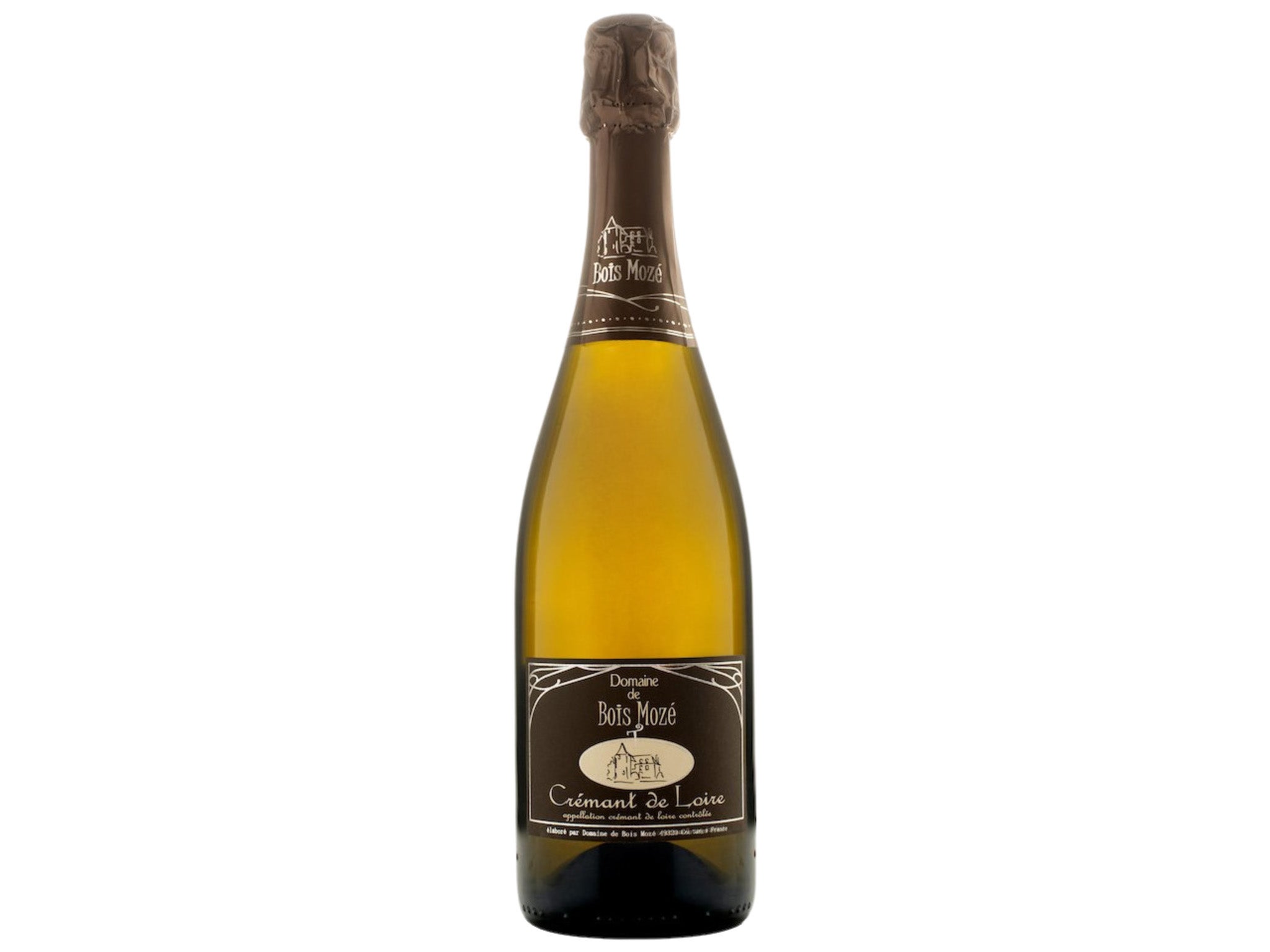
When the problem is “I can’t afford Champagne”, the solution is Crémant!
Produced in eight regions of France, Crémants follow the same method as Champagne. The main differences lie in the choice of grapes, reflecting each region’s specialty, and the minimum time required for the second fermentation – a crucial detail.
Crémants are crafted in Loire, Alsace, Burgundy, Jura, Savoie, Limoux, Bordeaux and Die. For instance, Alsace Crémants feature Riesling and Auxerrois alongside the traditional grape varieties, constituting over 50 per cent of France’s entire Crémant production.
Some assert that Limoux was the birthplace of sparkling wines. This region also produces Limoux Méthode Ancestrale and Blanquette de Limoux, two additional categories of sparkling wines. Surprisingly, there’s a ninth place where Crémant is crafted, and it’s not in France! Crémant du Luxembourg is the only appellation outside of France where the term “Crémant” is authorised.
Stylistically, Crémants are lighter than Champagnes, sometimes featuring a more pronounced yeasty note in some regions and nearly always a deeper intensity of fruits, including apple, pear, stone fruit and lemon.
Due to their quicker production and without the prestige of Champagne, Crémants are more affordable, making them an excellent introduction to Champagne-like sparkling wines.
Moscato d’Asti
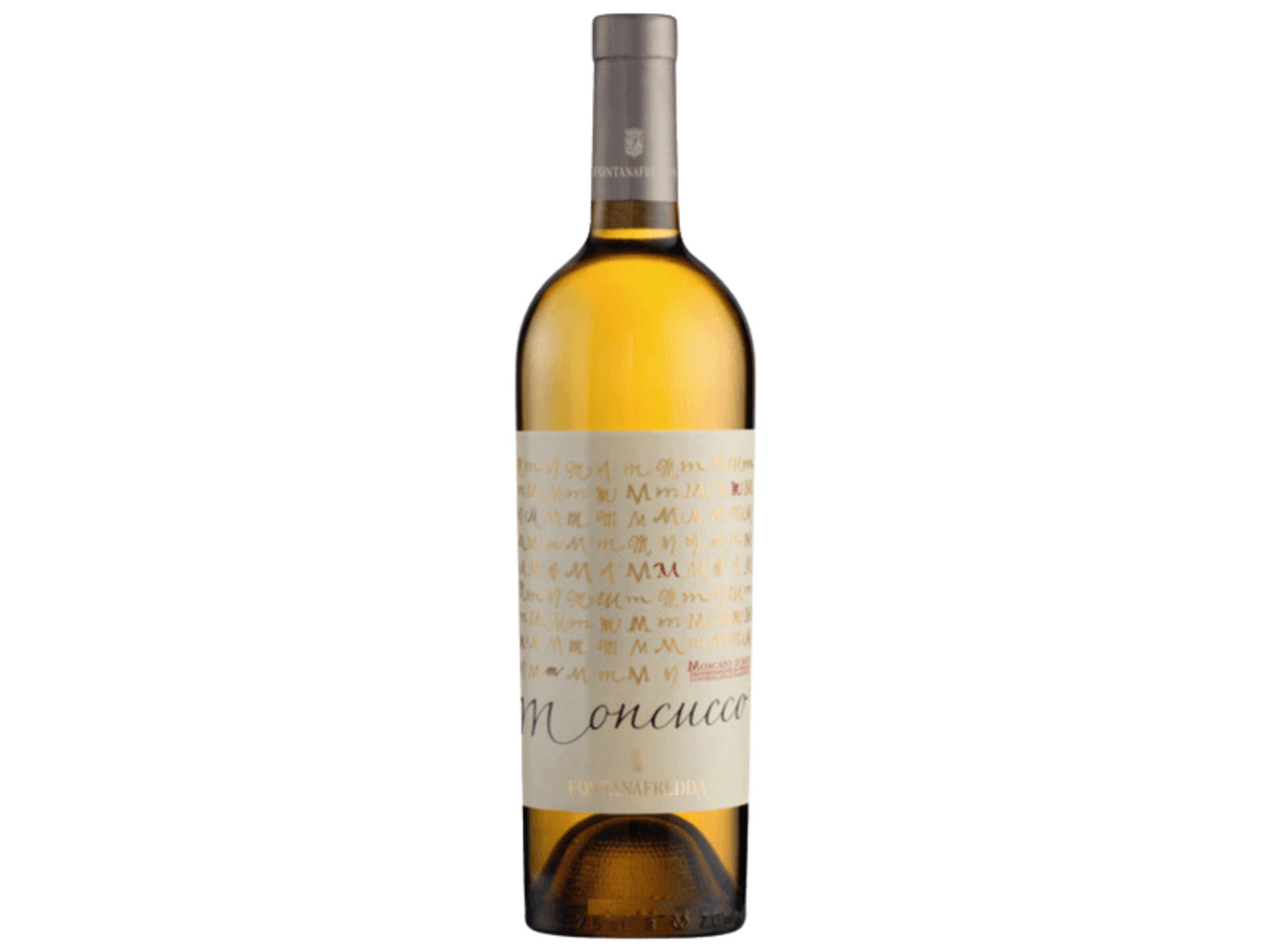
Like all good meals, let’s end this list on a sweet note.
The name signifies Moscato from Asti, a region in Piemont, Italy, known for producing the illustrious Barbaresco and Barolo. Despite having such esteemed neighbours, Moscato d’Asti sometimes struggles to find its way into people’s glasses.
It’s a shame because Moscato d’Asti is genuinely prestigious. It is one of the 74 DOCG denominated areas in Italy, representing the highest rank within the 4-tier Italian classification system. (Tip: to determine the classification of an Italian wine, check the small label around the top of the bottle, just above the neck).
Moscato d’Asti is low in alcohol, averaging 5.5% ABV. The production involves the Charmat method (like Prosecco) without a second fermentation (unlike Prosecco). Grape juice begins to ferment, but it’s halted by cooling the grape must; alcohol levels are then maintained at the 4 to 6% mark, producing a gentle sparkle while preserving the natural sugar levels from the grapes.
Expect a fresh, bright, and sweet sparkling wine. Moscato d’Asti is actually the only wine that tastes like grapes! It also features notes of white peach and orange blossom. It’s a great companion to fruit based desserts like peach melba or fruit salads, but really it’s delicious on its own too.
Dos and don’ts with sparkling wine
I am a supporter of “do what you like”, even putting coke in red wine if it’s what makes you happy. Although for maximum enjoyment, here is a list of things to do or avoid doing with sparkling wine:
Buying
Here’s some good news: sparkling wines don’t need a reason to be enjoyed. You don’t have to wait for a celebration to pop open Champagne; it’s just as fantastic on a laid-back Saturday afternoon paired with fish and chips.
Glassware
Coupe or flute? How about neither.
The optimal way to enjoy sparkling wine is by pouring it into a white wine glass. These glasses enhance the flavours and provide more space for enjoyment.
Temperature
Too cold and flavours hide away. Too warm and it becomes unpleasant.
Best is to serve sweet ones, like Moscato d’Asti, fridge cold at about 5-6 degrees. Most sparkling wines are good at about 8 degrees with the exception of aged ones like vintage Champagne which will be shining at about 10-12 degrees.
Freezer
Forgot to put your MCC in the fridge?
Avoid placing it in the freezer. Opt for an ice-water bucket with added salt instead. This method cools the wine faster than the freezer and ensures it won’t freeze even if you happen to forget about it.
Spoon
Contrary to common belief, a spoon won’t help preserve your sparkling wine after opening. For the best results, use a stopper. If you plan to finish the bottle throughout the day, refrigeration alone, without resealing, is sufficient.
Trivia: Do you know the answers?
Q. How many bubbles are in a bottle of Champagne?
A. According to a study made by Bollinger, there are approximately 58 million bubbles in one bottle of champagne.
Q. France is the biggest consumer of Champagne, with over 102 million litres drank in a year. Who comes second?
A. The UK! In comparison, UK folks drank “only” 22.6 million litres.
Q. What Champagne related world record is held unbeaten since 1988?
A. The longest flying Champagne cork flight. Prof. Heinrich Medicus achieved over 54 metres (177 feet).
Famous Champagne Quotes:
- “Come quickly, I am tasting the stars!” – Dom Perignon, monk
- “Remember, gentlemen, it’s not just France we are fighting for, it’s Champagne!” – Winston Churchill, politician
- “In victory, you deserve Champagne; in defeat, you need it.” – Napoleon Bonaparte, French military leader and emperor
- “Three be the things I shall never attain: envy, content, and sufficient Champagne.” – Dorothy Parker, American poet
- “I only drink Champagne on two occasions, when I am in love and when I am not.” – Coco Chanel, French fashion designer
Visit perfectcellar.com to embark on a journey of discovery, where innovation meets tradition, and every sip tells a unique story.
In association with Perfect Cellar: The Independent works with Perfect Cellar to bring readers wine choices and will earn commission if readers choose to buy their wines via a link from this independent.co.uk article

Join our commenting forum
Join thought-provoking conversations, follow other Independent readers and see their replies
0Comments